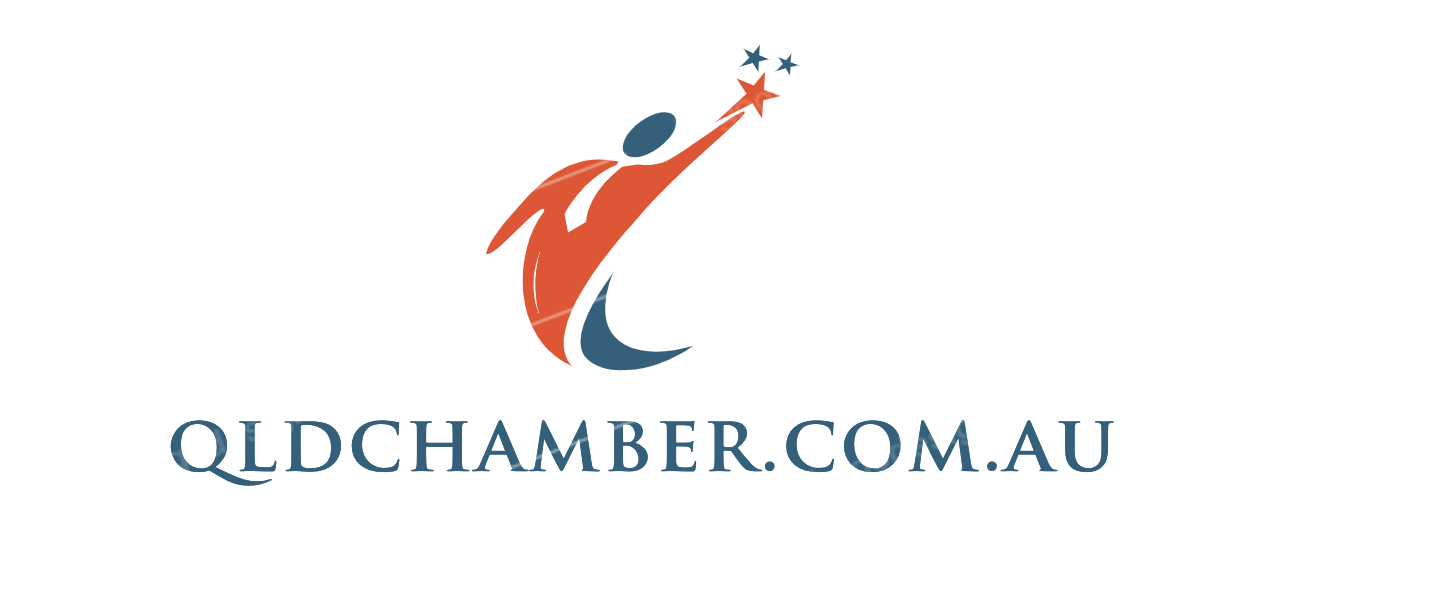If you own an aircraft, then it is crucial to have insurance coverage for anything that can go wrong. There are many risks with aviation and operating aircraft. But with the right aviation liability insurance, you will be covered against any losses when it comes to paying damages to property or people that occur as a result of the aircraft operation.
Third party liability insurance is a common type of aviation liability insurance. This provides insurance for the damage done to people and property by the aircraft. You will need this insurance even when you are flying a drone. For example, if the drone malfunctions, it can crash into a house or vehicle and do a lot of damage. So it is very important to protect yourself against these potential risks. However, you will not be provided with coverage for damage to the aircraft, cargo and passengers in the aircraft if you have aviation liability insurance. There are other policies that will cover these specifics. So when it comes to covering against damage to the aircraft, you can consider in-flight insurance or hull insurance. Passenger injuries are another aspect you have to consider. You will find that passenger liability insurance is required by law to fly in many countries. This is mandatory for commercial and large aircraft. To cover any damages to cargo or any valuable equipment that you have on the aircraft, you can take out payload insurance.

You can also find passenger liability insurance and public liability in one coverage called a combined single limit or CSL. This policy will have an overall limit per payout per incident. The benefit of combining these two types of insurances is that you have more flexibility in making payments as an insurance holder. If you own, operate or lease an aircraft, it is essential to have aviation liability insurance. There is the misconception that aircraft liability insurance is expensive. Actually, this can be quite inexpensive and the cost can be lowered when you get additional aviation insurance when you take liability coverage. However, you can stick to aircraft liability insurance only. But this will raise the premiums. You also need to consider risks associated with the aircraft when it is grounded. There is hangarkeepers insurance that will cover these risks along with issues that you will face with the maintenance of the aircraft, movement and storage. Depending on the insurance company, this will cover bodily injury, repair issues, property damage, aircraft damage and equipment damage.

Your aircraft can be damaged when it is on the ground and not moving as a result of natural disasters and other unforeseen circumstances. For example, there can be damages that can occur due to a flood, theft, fire, hangar collapse, wind and animals. There is also the risk of uninsured vehicles and other aircraft colliding with your insured aircraft. To cover for these damages, you can consider ground risk hull insurance that specifies the term ‘not in motion’. There is also a ground risk hull insurance in motion that covers for damages that the aircraft will experience when it is moving but this will be excluding the damages sustained during take-off and landing.


